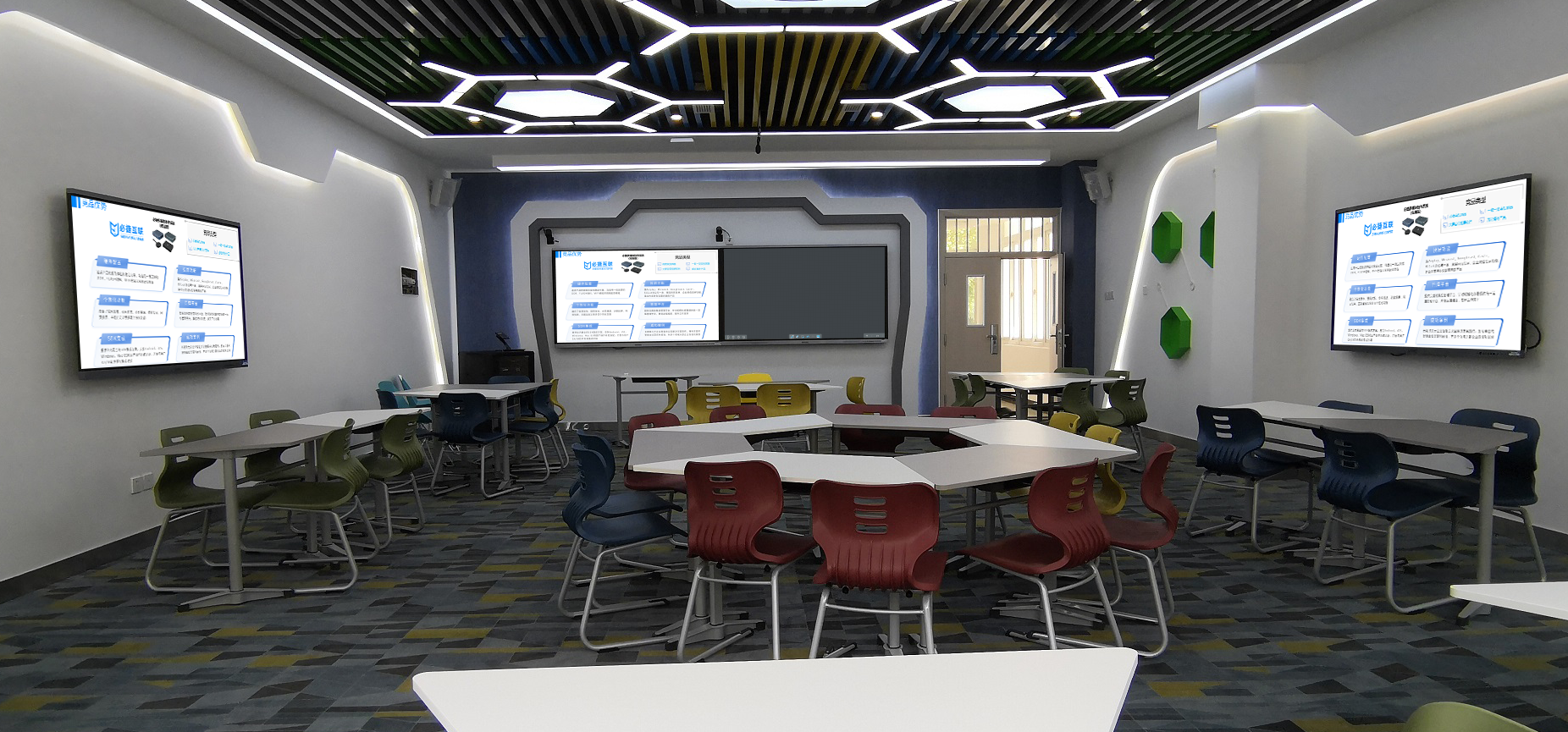New Standards for Interactive Classrooms: How Does Wireless Screen Mirroring Activate Classrooms?
Amid the wave of educational digitalization, “interactive classrooms” have become a standard configuration for smart campuses. And wireless screen mirroring technology is precisely the key to activating classrooms and realizing a “student-centered” teaching model.
1. Core of Interactive Classrooms: From “Watching” to “Interacting”
Traditional audio-visual classrooms only enable one-way content display. In contrast, interactive classrooms emphasize real-time interaction and feedback between teachers and students, as well as among students—all facilitated by screens.
2. Practical Applications of Wireless Screen Mirroring in Classrooms
- Teachers’ Mobile Teaching: By mirroring content from tablets or mobile phones, teachers can synchronize on-the-go annotations and operations to the large screen in real time. This allows them to move freely among students for more targeted guidance.
- Students’ Achievement Sharing: Students can instantly share their problem-solving processes or research results to the main screen with one click, significantly enhancing their sense of participation and accomplishment.
- Multi-Screen Comparative Discussion: The technology enables simultaneous display of different solutions from multiple students. This guides the whole class to conduct in-depth analysis and debates, fostering critical thinking skills.
- Seamless Integration of Resources: Teachers can quickly switch between mirrored content (e.g., from courseware to online materials, then to educational videos), making classroom content more diverse and transitions smoother.
3. Suggestions for Technology Implementation
To ensure optimal results, it is recommended to:
- Select professional wireless screen mirroring devices that support multiple protocols (such as Miracast, AirPlay, and Google Cast) to accommodate different teaching devices.
- Build a stable campus wireless network to avoid disruptions caused by network lag or disconnections during class.
Empowering education with wireless screen mirroring technology transforms classrooms from teachers’ “lecterns” into shared “stages” for both teachers and students—creating a more engaging and effective learning environment.
